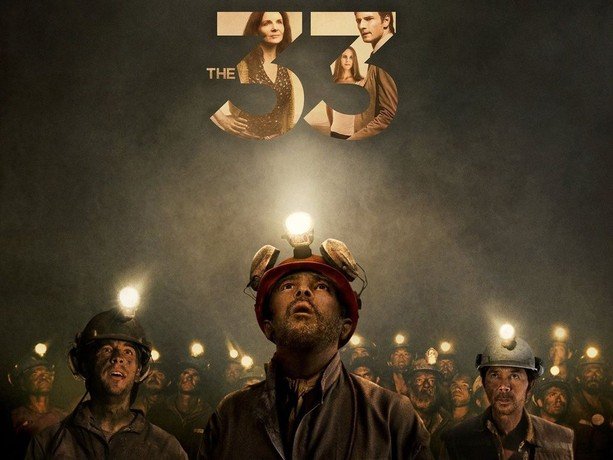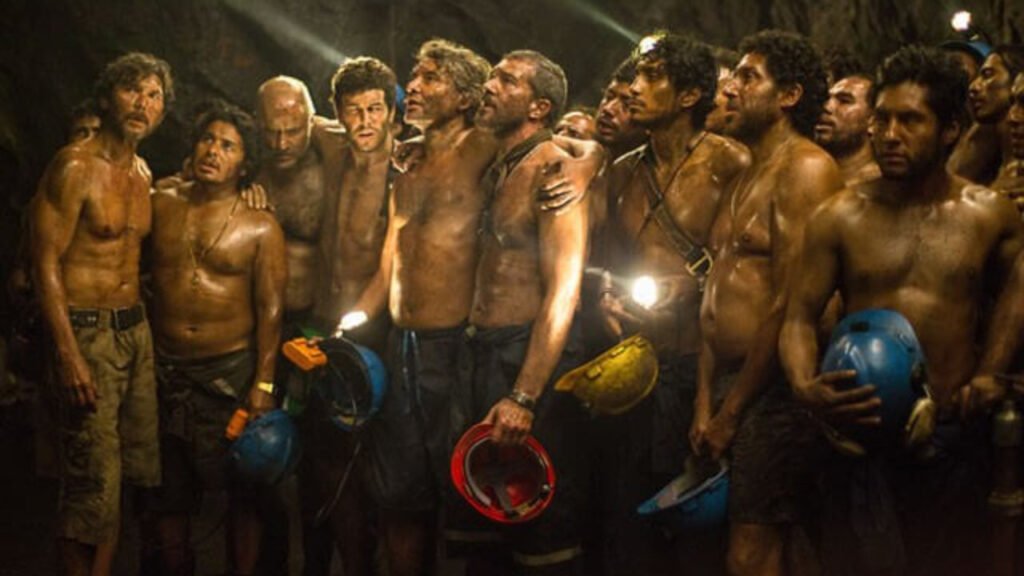
The 33 Movie Review: A Gripping Tale of Survival and Human Resilience
In 2010, the world was captivated by the harrowing story of the 33 Chilean miners who became trapped deep underground after a devastating collapse at the San José mine in Chile. This incredible story of survival against all odds was brought to the big screen in the film The 33, directed by the Mexican filmmaker Patrícia Riggen. As a critic, I had the opportunity to watch this powerful movie and delve into the nuances of its storytelling, character development, and overall impact.
The Disaster at the San José Mine
The film opens with the unfolding of the tragic events at the San José mine in Copiapó, Chile. On October 13, 2010, a massive rock collapse trapped 33 miners more than 700 meters underground, with little hope of rescue or survival. The miners found themselves in a desperate situation, with dwindling food and water supplies, and no means of communication with the outside world. The film vividly captures the sheer terror and uncertainty that the miners faced, as they struggled to come to terms with the gravity of their predicament.
The Role of the Chilean Government
One of the most compelling aspects of the film is the portrayal of the Chilean government’s response to the crisis. Initially, the then-Minister of Mining, Lawrence Golborne, played by Rodrigo Santoro, is depicted as being reluctant to commit resources to the rescue effort, believing that the miners had little chance of survival. However, as the story unfolds, we witness Golborne’s transformation, as he becomes increasingly determined to find a way to save the trapped men.
The film highlights the political and bureaucratic obstacles that the rescue team faced, as they navigated the complex web of government agencies and international organizations. The tension between the miners’ families, who desperately pleaded for help, and the government’s cautious approach, is palpably captured on screen, underscoring the high stakes involved in this extraordinary situation.
The Resilience of the Miners

At the heart of the film are the 33 miners themselves, whose stories of resilience and camaraderie are truly inspiring. Led by the charismatic Mario Sepúlveda, played by Antonio Banderas, the miners band together to overcome the immense physical and psychological challenges they face. From rationing their limited food and water supplies to maintaining hope and morale, the miners’ determination to survive is a testament to the human spirit.
The film delves into the personal lives and relationships of the miners, humanizing them and allowing the audience to connect with their individual struggles. We witness the anguish of the miners’ families, particularly Laurence Golborne’s interactions with Verónica Camino, played by Juliette Binoche, whose brother is among the trapped men. These emotional moments add depth and poignancy to the overall narrative.
The Melodramatic Tendencies of Mexican Filmmaking
Director Patrícia Riggen’s Mexican heritage is evident in the film’s melodramatic tendencies. Her penchant for heightened emotional moments and dramatic flourishes is a hallmark of Mexican cinema, which often prioritizes the emotional impact over strict adherence to realism.
While some viewers may find these melodramatic elements to be a departure from the gritty realism of the events, they can also be seen as a way to amplify the human drama at the heart of the story. The film’s ability to evoke strong emotional responses from the audience is a testament to Riggen’s skill as a storyteller, even if it may not align with the preferences of all viewers.
The Performances and Technical Aspects
The film boasts a talented ensemble cast, with standout performances from Antonio Banderas as the charismatic Mario Sepúlveda, and Rodrigo Santoro as the conflicted Lawrence Golborne. The actors’ ability to convey the physical and psychological toll of the miners’ ordeal is truly remarkable, and their performances are a driving force behind the film’s emotional impact.
The technical aspects of the film are also noteworthy, with the production design and visual effects seamlessly transporting the audience into the claustrophobic confines of the mine. The cinematography effectively captures the sense of isolation and desperation experienced by the miners, while the score by composer James Horner adds to the film’s overall emotional resonance.
The Importance of Storytelling
Ultimately, The 33 is a powerful testament to the importance of storytelling in preserving and honoring the experiences of those who have faced extraordinary challenges. By bringing this real-life event to the screen, the film not only entertains but also educates and inspires, reminding us of the resilience and determination that can be found in the human spirit, even in the face of the most daunting circumstances.
As the director Patrícia Riggen stated in an interview, “This is a story that needs to be told, a story of hope and the triumph of the human spirit.” And in the hands of a skilled filmmaker, the story of the 33 Chilean miners has indeed been transformed into a captivating and emotionally resonant cinematic experience.
Conclusion
The 33 is a must-see film that offers a compelling and nuanced portrayal of one of the most remarkable rescue operations in modern history. Whether you’re drawn to the film’s technical achievements, the powerful performances, or the underlying themes of resilience and human determination, this movie is sure to leave a lasting impression.






Publicar comentário